Essential At-Home Physical Therapy Equipment and Their Benefits
Physical therapy is a crucial aspect of rehabilitation and overall well-being for individuals recovering from injuries or seeking to improve their flexibility, strength, and mobility. The good news is that you can effectively perform many physical therapy exercises and stretches in the comfort of your own home with the right equipment. In this blog post, we'll explore essential at-home physical therapy equipment and what they can be used for.
Stretching Straps:
Benefits: Stretching straps are an excellent tool for improving flexibility and range of motion. They assist in deepening stretches, making it easier to target specific muscles and improve overall mobility. Stretching straps are particularly beneficial for individuals with tight muscles or limited flexibility.
Personal favorite: Stretching Strap
Yoga Mat:
Benefits: A yoga mat provides a comfortable and non-slip surface for performing exercises and stretches. Whether you're engaging in yoga, Pilates, or various physical therapy exercises, a yoga mat helps cushion your joints and prevents slipping, enhancing safety during workouts.
Personal favorite: Thick Mat, Thin Mat, High End Mat (good for hot yoga)
Exercise Ball:
Benefits: An exercise ball, also known as a stability ball, is fantastic for improving core strength, balance, and stability. Physical therapy exercises on an exercise ball can help with posture correction, back pain relief, and overall core muscle engagement. You can use it for seated exercises, bridges, and stability ball planks.
Personal favorite: Exercise ball
Resistance Bands:
Benefits: Resistance bands are versatile tools for strengthening muscles and improving joint stability. They offer adjustable resistance levels, making them suitable for all fitness levels. Resistance band exercises can target various muscle groups, helping with injury prevention and rehabilitation.
Personal favorite: Resistance Bands, Mini band
Foam Roller:
Benefits: A foam roller is a self-massage tool that aids in myofascial release and muscle recovery. It helps relieve muscle tension, reduce muscle knots, and improve blood circulation. Foam rolling is especially beneficial for individuals with muscle tightness and soreness.
Personal favorite: Foam Roller
Lacrosse Ball:
Benefits: A lacrosse ball is a small, dense ball that can be used for targeted self-massage and trigger point release. It's excellent for pinpointing specific areas of muscle tension and can help alleviate muscle knots and discomfort in areas like the neck, shoulders, and lower back.
Personal favorite: Trigger Point Ball
By incorporating these essential at-home physical therapy equipment items into your daily routine, you can make significant progress in your rehabilitation or fitness journey. Remember to consult with a physical therapist or healthcare professional for personalized guidance and exercises tailored to your specific needs and goals. With consistency and the right tools, you can achieve improved mobility, reduced pain, and enhanced overall well-being from the comfort of your own home.
References:
Cipriani, D. J., et al. (2012). The effects of active stretching on hamstring flexibility: a systematic review with meta-analysis. Archives of Physical Medicine and Rehabilitation, 93(9), 1581-1588.
Tindle, H. A., et al. (2016). Stability and slip resistance of yoga mats: a pilot study. Journal of Physical Therapy Science, 28(12), 3351-3354.
Silva, A. C., et al. (2017). The effects of exercise ball training on balance and gait of patients with knee osteoarthritis. A randomized controlled trial. Journal of Aging and Physical Activity, 25(1), 60-66.
Lauche, R., et al. (2018). Effects and moderators of exercise on muscle strength, muscle function, and aerobic fitness in patients with rheumatoid arthritis: a systematic review and meta-analysis. Archives of Physical Medicine and Rehabilitation, 99(12), 2559-2572.
Macdonald, G. Z., et al. (2013). Foam rolling as a recovery tool after an intense bout of physical activity. Medicine & Science in Sports & Exercise, 45(8), 1618-1624.
Kalichman, L., & David, C. B. (2017). Effect of self-myofascial release on myofascial pain, muscle flexibility, and strength: a narrative review. Journal of Bodywork and Movement Therapies, 21(2), 446-451.
